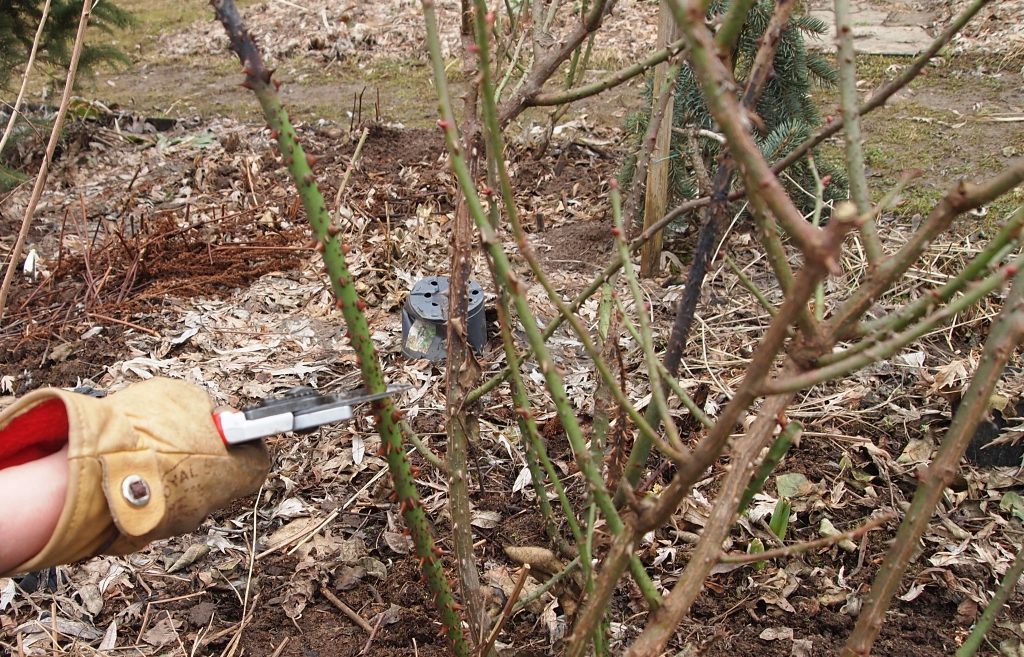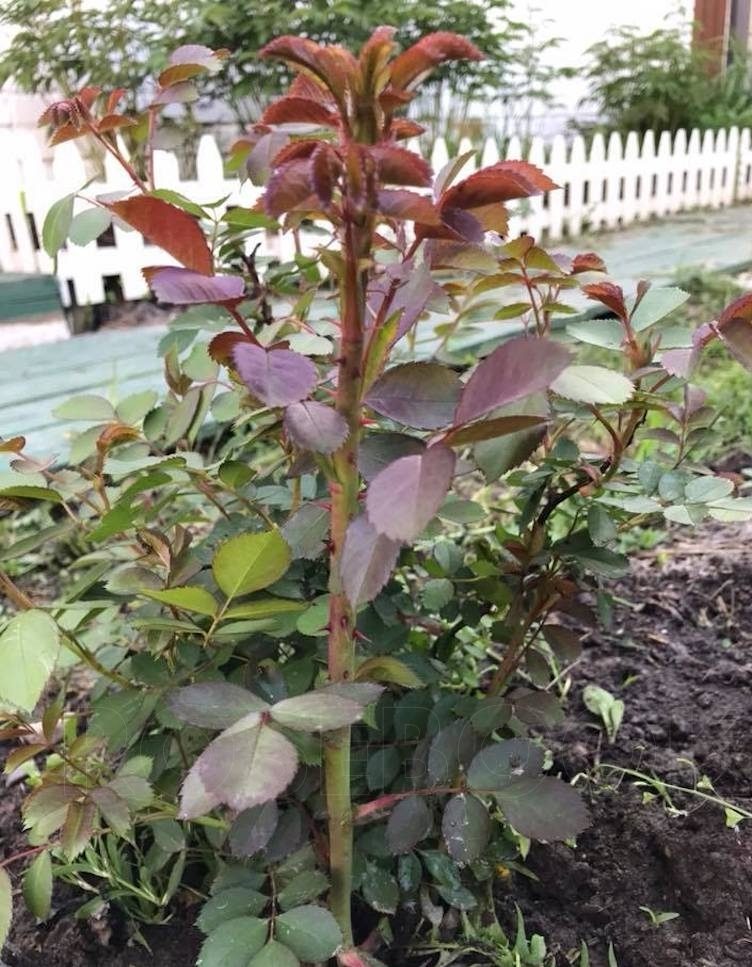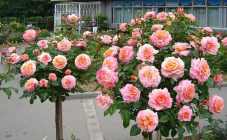Content:
Such a beautiful and truly royal flower like a rose will adorn any garden. But few people know how to remove blind shoots on roses, what kind of work it is worth growing these bushes, which will delight with beautiful buds and an exquisite aroma.
How to care for roses: spring pruning and feeding
After the end of winter, when the buds on the bushes have already swollen, it is necessary to determine the parts of the shoots that have frozen over the winter. They should be removed. Such shoots are easy to identify by the absence of growing buds on them. When pruning a shrub, it is important to follow the basic rule: leave a healthy bud at the very top on the outside of the shoot.
The quality of flowering can be negatively affected by sick, weak shoots. It is better to cut them off, too, in order to prevent the development of various diseases. Moreover, a prolific plant can give 2-3 shoots from one bud with proper care. The formation of a bush requires special attention, the longevity and health of the flower depends on it. The center of the shrub is freed from unnecessary processes, ensuring free passage of air between the branches. This will protect the plant from fungal diseases. When the bush receives enough light, the rose will bloom more actively.
Influence of feeding
Rose is a rather capricious plant and without feeding it has a hard time in Russian conditions. Proper feeding is the key to successful cultivation, but moderation is important. Ate to feed the flower without restrictions, it begins to "gain excess weight", and quite good processes are formed, but they do not bloom. And when overfed bushes can no longer do without feeding, they stop blooming altogether.
Blind shoots of roses: what to do?
Blind, or "dormant" shoots outwardly do not differ from healthy ones. But upon closer inspection, you can find blinded areas at the top.
The reasons for the appearance of blind shoots:
- the roots of the plant are damaged;
- there are not enough nutrients in the soil;
- spring frosts.
The emergence of blind, non-flowering shoots is more susceptible to young shrubs, certain varieties and poorly cut plants.
When all the processes are blind, the rose will not bloom. But it happens that some of the branches grow and develop normally, and some of them "plunged into sleep." These colors can still be helped if you immediately react and correct the situation. To avoid problems, it is important to notice "dormant" shoots at the time of their active development.
Pruning and removing poor quality scions helps plants grow and develop properly. "Dormant" shoots are made shorter by several sheets. Then a liquid top dressing is applied, which will provide sufficient soil nutrition. For this, mineral fertilizers will be used. In specialized stores, you can buy drugs that stimulate the growth and increase the immunity of the plant. If all the recommendations are followed exactly, new shoots will soon appear that will bloom.
Each gardener is advised to closely monitor the nutrition of the shrubs and take timely care.
Fattening shoots
Fatty twigs are found in re-flowering plants. They grow rapidly and gain strength, but do not bloom. As a result, the plant fattens from the excess of nutrients. The situation can be corrected.
Pruning will help to deal with this problem. Each overfed branch is shortened by a third of its length, while maintaining an attractive bush shape. After this procedure, new shoots will appear, which will soon bloom.
Caring for roses after removing blind and fattening shoots
After cutting off "sleeping" and fattening shoots, you need to closely monitor the nutrition of the shrubs and take timely care:
- regular watering - its frequency is due to the type of soil: the heavier it is, the less often you need to water the bushes;
- weeding - weeds should be removed immediately after pruning;
- mulching - usually cut grass is used, which is laid out 10 cm thick, leaving an untouched space with a diameter of 10-12 cm around the trunk of the bush;
- spraying - the treatment of bushes with chemical or folk remedies helps to prevent or overcome fungal diseases, to protect roses from pests.
Pruning roses is a laborious and regular process, but without it you cannot get bright and luxuriantly flowering shrubs in the garden. Also, we must not forget about further care: watering, mulching, treatment from pests and diseases.















